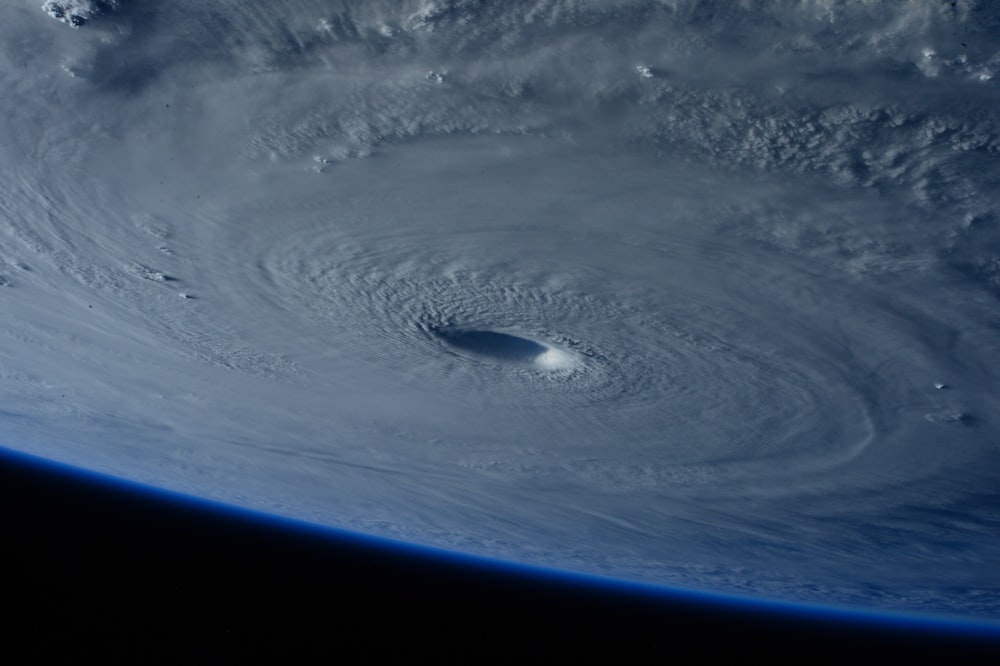Hurricane season is officially here, meaning that storms are on their way. With experts predicting an above-average hurricane season in 2021, it's important that everyone have a hurricane preparation plan in place to stay safe. It's also important for businesses of all types to prepare, but construction companies have a unique set of responsibilities.
During construction, a new development's structural support isn't able to withstand the ferocious winds that a hurricane or even a tropical storm can bring. Loose materials around the construction yard and non-secured materials are also at risk of being picked up and tossed, potentially causing damage to nearby equipment, structures, or even bystanders.
Having the proper hurricane preparedness plan in place helps your construction team stay ahead of the storm, taking all of the proper precautions to minimize the potential for risk to your equipment and keep your project as protected as possible before Mother Nature strikes.
Construction Company Hurricane Checklist:
1. Document your hurricane preparedness plan.
When you begin developing your plan, make sure that it is written down and is accessible for everyone on your team. Sharing your strategy with your entire company keeps everyone on the same page and helps ensure that they are doing their part to prepare a job site and stay safe throughout the storm.
2. Secure job site materials.
Make sure that loose materials, trash, and equipment are all firmly stored and secured ahead of the storm. A category 5 hurricane can have winds in excess of 157 miles per hour - more than enough to send large, bulky equipment like dumpsters or portable restrooms airborne. Firmly securing these and other large equipment at risk of being picked up in high-speed winds helps keep it on the ground and minimizes the risk of damage to nearby people or structures. It's also important to remove and store any signage, whether attached to fencing and structures or used loosely around the site. Properly securing cranes, if applicable to the job site, is of even greater importance. Even the most reliable and well-grounded cranes are at risk when high winds strike.
3. Secure hazardous chemicals ahead of a hurricane.
Just as you secure general materials, it's important to also secure chemicals and hazardous materials that may pose a greater environmental risk. The Environmental Protection Agency has provided a comprehensive list of materials that construction companies should take note of when preparing for a disaster, located here.
The effects of a potential spill will be amplified by intense rainfall and high winds that have the potential to spread the contaminants much further than a regular spill. If any of these materials are at risk of being released to the environment in the case of a spill, it's important to contract a team to come and remove them from your site ahead of a hurricane to mitigate the environmental risk.
4. Secure any structures that are under construction.
Boarding up your structure and closing any openings helps protect both your work and the integrity of the structure itself. Covering any windows or large openings minimizes the risk of internal damage from high wind and protects installed windows and wiring. Adding additional sandbags around the perimeter of the job site helps direct the flow of water and combat the potential for flooding of a job site to protect the integrity of your project.
5. Remove electronics and important documentation from the site.
Before leaving the job site ahead of the storm, take any electronics and important documentation with you. Depending on the severity of the storm, a job site may face heavy damage and leave important project documentation at risk of ruin or loss. By keeping these materials with you, you'll experience smaller losses in the event of a catastrophe and will be more prepared to resume normal operations sooner rather than later.
6. Prepare for job site flooding and water removal.
Needless to say, with a hurricane or tropical storm comes plenty of rain that can flood your job site. Water removal services are often necessary to not only resume operations but protect the integrity of nearby structures. Ground that is softened by an influx of water can give way during construction depending on the stage of the project, causing setbacks and potential disasters if not addressed properly or proactively prepared for. Bringing in a pump to remove access water should be a top priority after a storm strikes, removing the water from your job site and letting the local stormwater system work its magic.
7. Contact your local building department.
Depending on your location, your local government building officials may have additional requirements and guidance to help you prepare for the storm ahead. These government officials have the safety and security of the public at heart and are invested in ensuring that your job site is completely secured and poses no risk to nearby properties and citizens.
Once the storm has passed, take extra caution when inspecting your job site and taking note of damages. Even with plenty of preparation, the impact that a hurricane can have on structural integrity is not always immediately apparent to the naked eye. Make note of any debris, photograph post-storm damage, and document your entire site for future reference and insurance needs.
Shield Engineering provides a wide range of engineering services to help you prepare for this year's hurricane season. Contact us today to learn more about how we can help you at (704) 394-6913.



